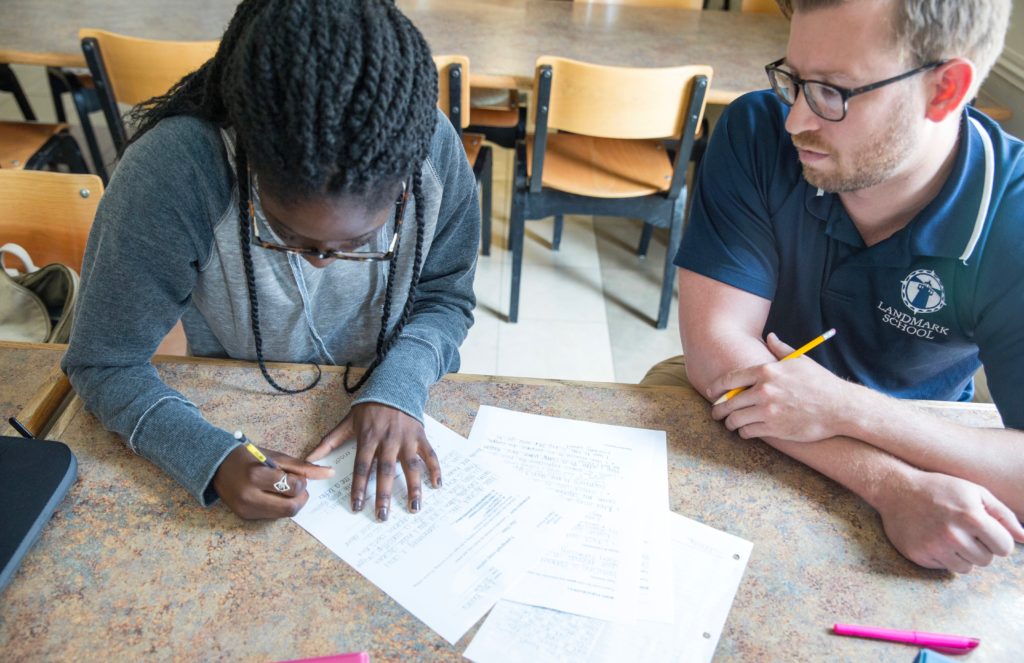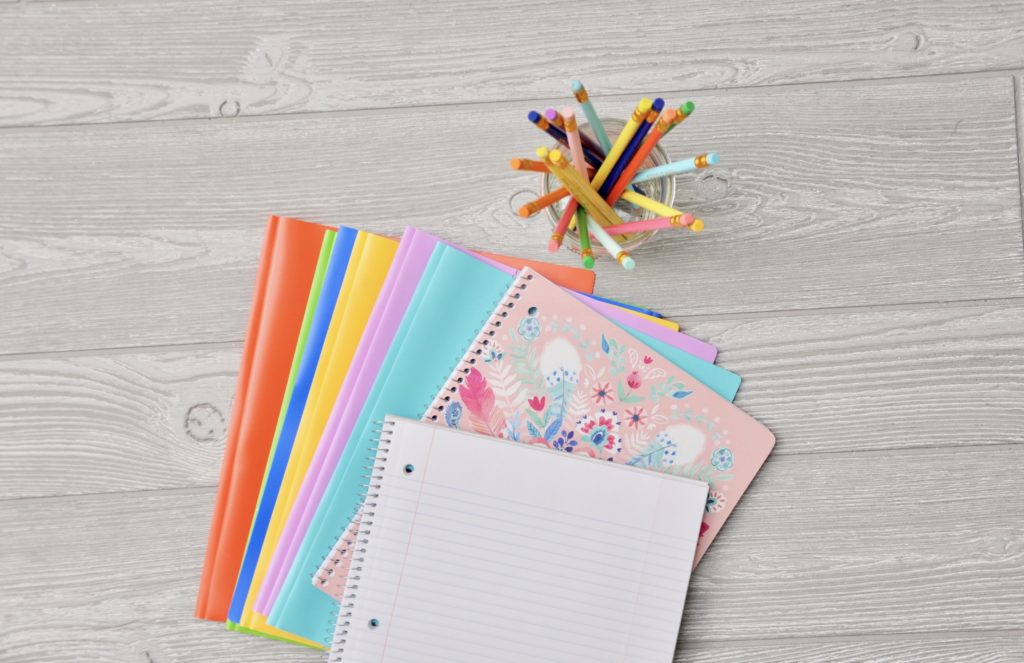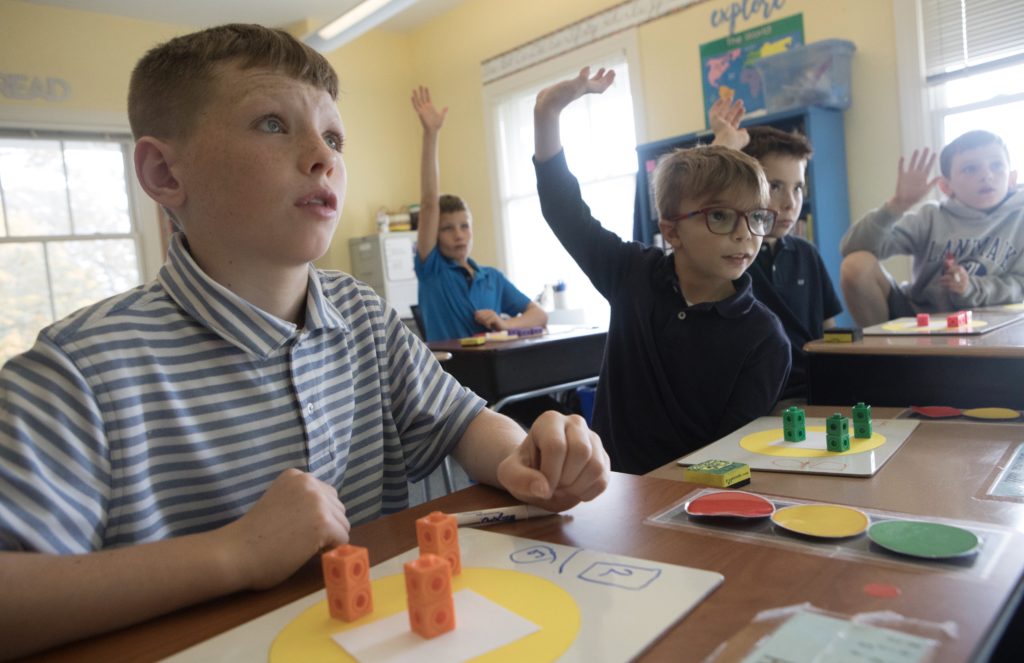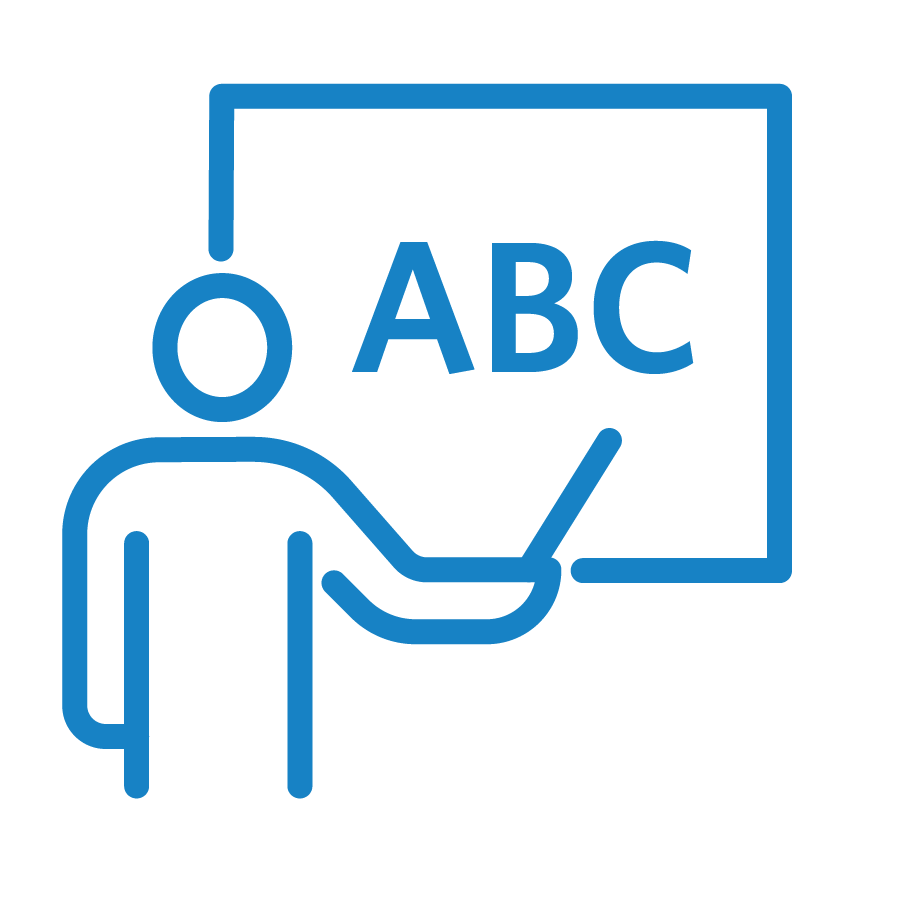Filter resources by:
Select a filter from the drop down menu to apply the filter. Page reloads upon selection

Apr 14, 2021
Study Skills to Support Language in the Math Classroom
Although math is the study of numbers, there is much language inherent in teaching this content area. There are many essential math vocabulary terms that students need to understand and categorize. For example, students need to understand and recognize the relationship between the different types of quadrilaterals in order to be able to cut and
Read Strategy
Feb 2, 2021
Expect to Worry
There is good and bad stress. Most of us can agree that good stress might be the excitement of planning a wedding, but the persistent uncertainty associated with living during a pandemic is certainly bad stress. The anxiety about getting COVID, the worry of losing a job due to unstable economic times, and the prolonged
Read Blog
Jan 21, 2021
Assessing Writing: Challenges and Strategies
Unlike a math problem that has a clear answer or a science concept that is backed up by provable facts, writing can be challenging to grade because it is … Creative. Whether the writing assignment is narrative or expository, each writer combines words in unique and creative ways to express their thoughts. Subjective. There are
Read Blog
Nov 12, 2020
The Writing Process: Teach the Thinking Phase
1. Collect Sources: The specific objectives of a writing assignment should be considered when thinking about the source material for students. Is the objective of the task to demonstrate the ability to organize information on a variety of sources? Is it to simply demonstrate what they know about a topic? Or is the expectation for
Read Strategy
Oct 27, 2020
What are Study Skills?
Study skills include the ability to successfully manage time. When students have excellent time management skills, they can arrive at school and classes on time. They have an awareness of how long assignments will take them and know the appropriate amount of time to dedicate to them. Also, students with good time management skills have
Read Strategy
May 1, 2020
Social-Emotional Learning Activities
Research shows a link between emotional well-being and nature. To support this connection, educators can have students go outside and spend time in nature. Educators can suggest that students take a walk, look for plants or animals, watch the clouds, or take pictures. Middle and high school teachers can also link to their subject area
Read Strategy
Feb 20, 2020
Interactive Notebooks for Social Science Classes
I needed to reduce the amount of paper, or more directly, I needed to reduce the amount of materials that they could lose. I’d seen the Landmark High School math department create live reference sheets called flappers where students added formulas and concepts to index cards taped to a sheet of paper as they learned
Read Blog
Jan 24, 2020
Helping Students Avoid the “I Don’t Know” Trap
Brainstorm The first step is to address the elephant in the room. I tell my class what I have been hearing and announce that “I don’t know” will cease to exist. Other comments of concern, such as “I’m so confused” or “I don’t get this,” are also worthy of discussion. I explain that these phrases
Read Blog
Dec 19, 2019
What is Dyscalculia?
The ability to acquire arithmetic skills without being explicitly taught to do so is based on an innate capacity to make meaning from numeracy information in our experiences. For example, counting, adding, comparing, and understanding quantities develop naturally without formal schooling, but exposure in home settings (Shalev, 2001). It is also understood that we have
Read Strategy